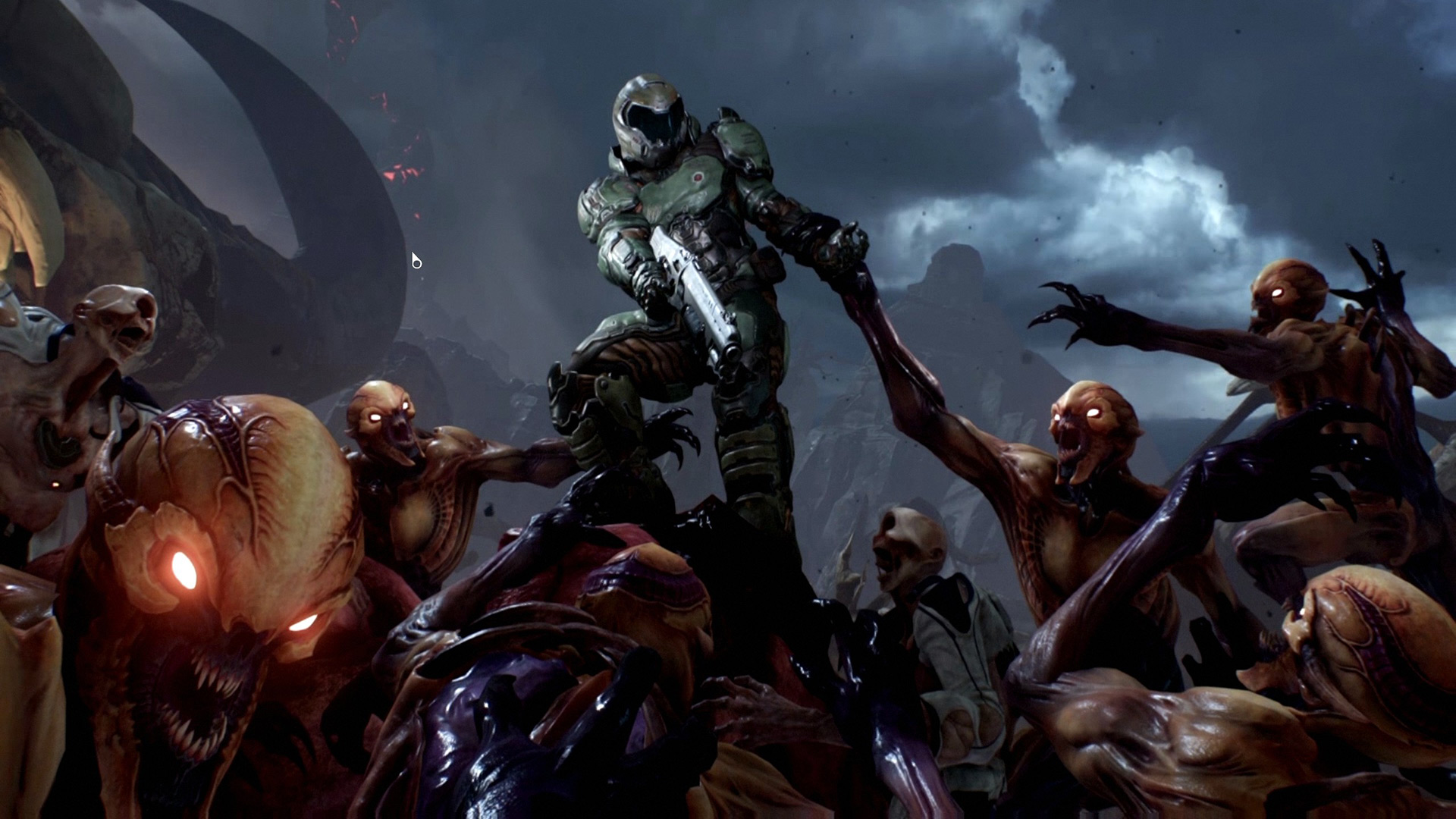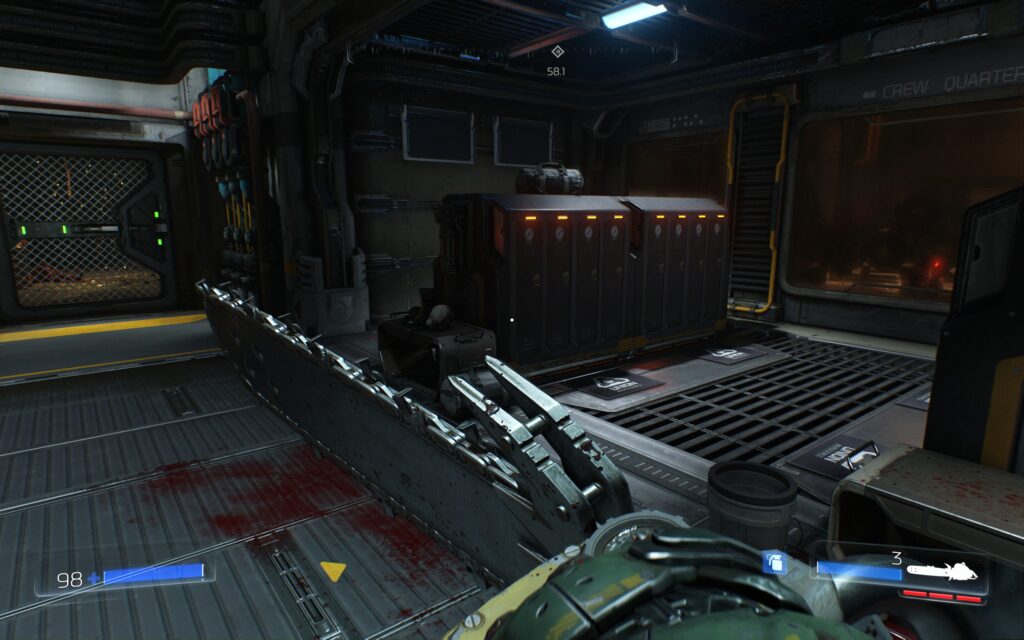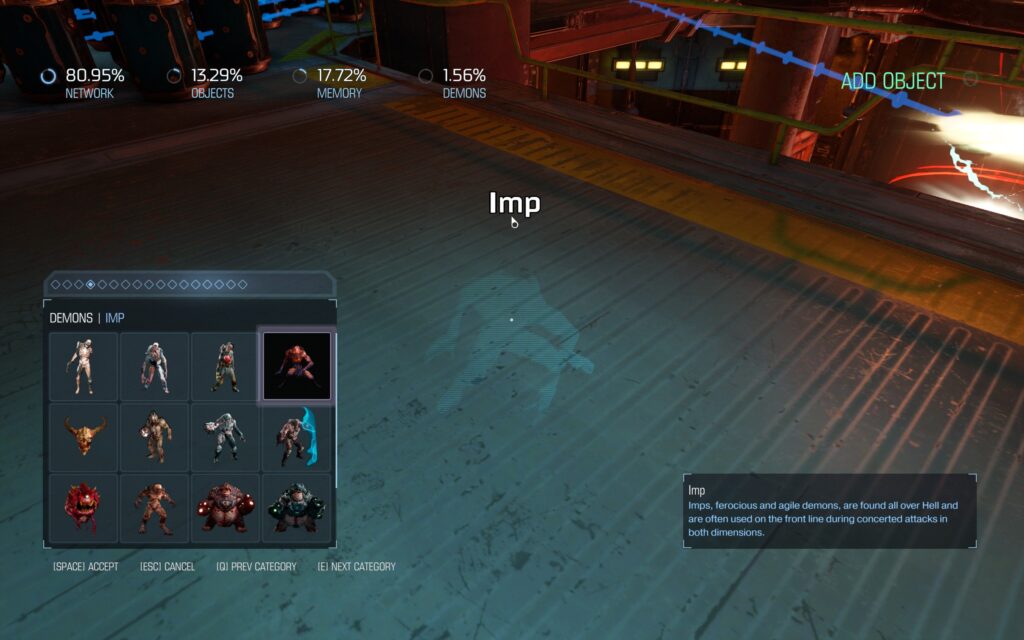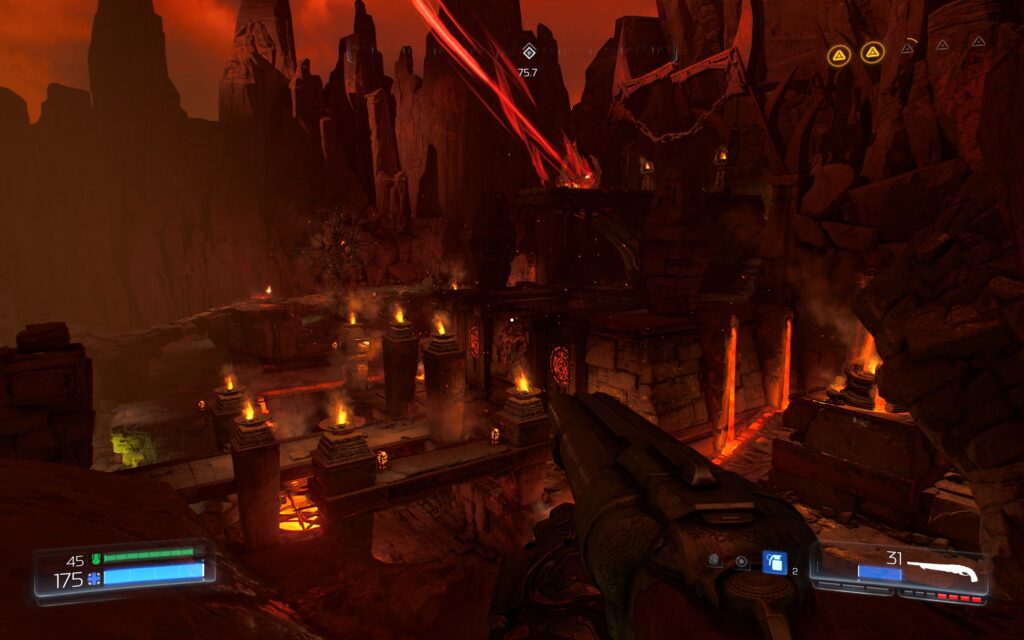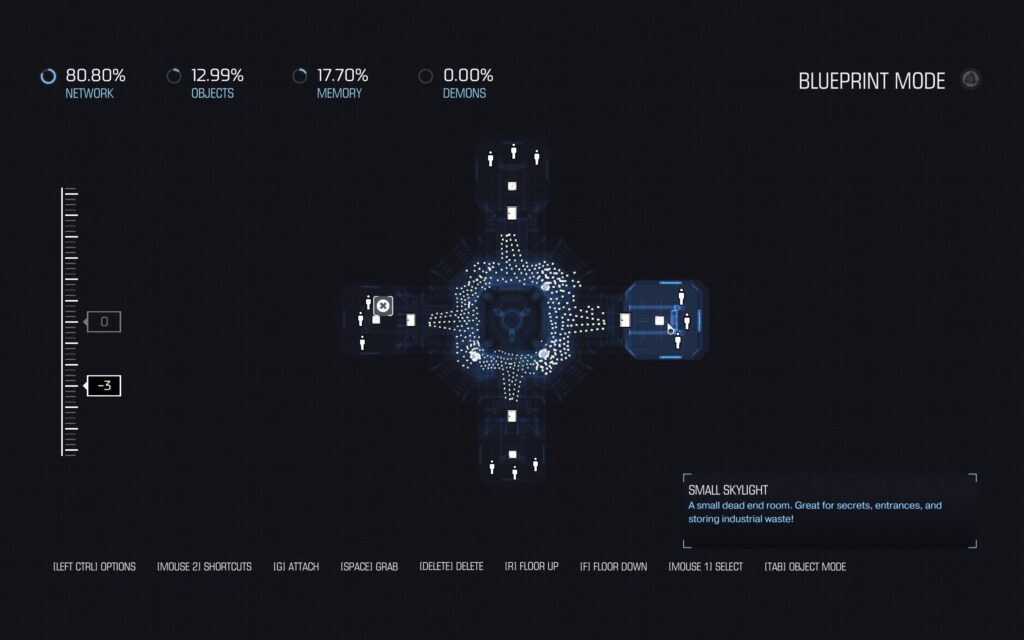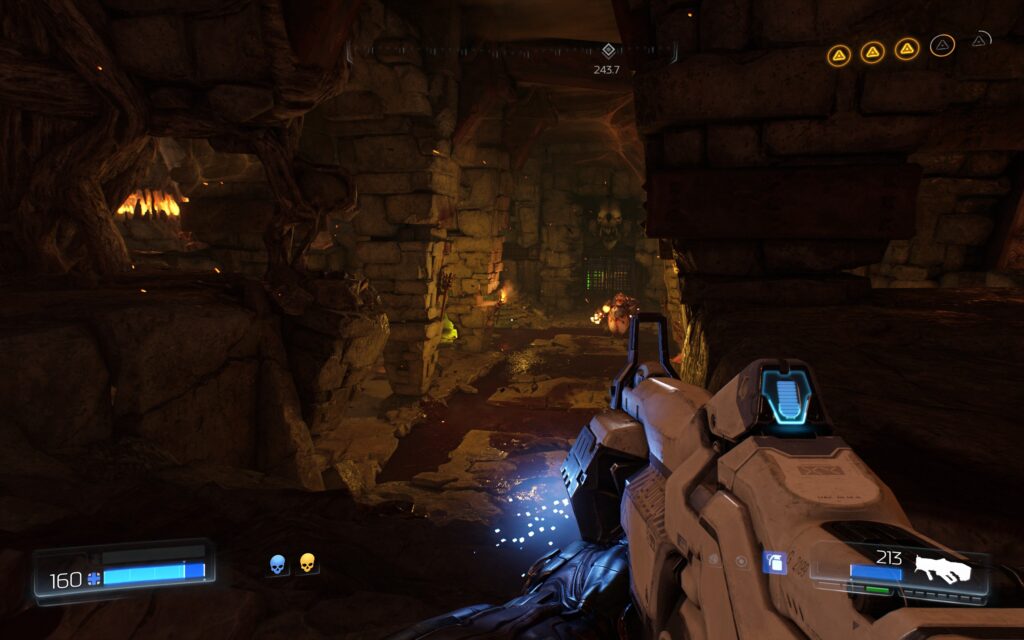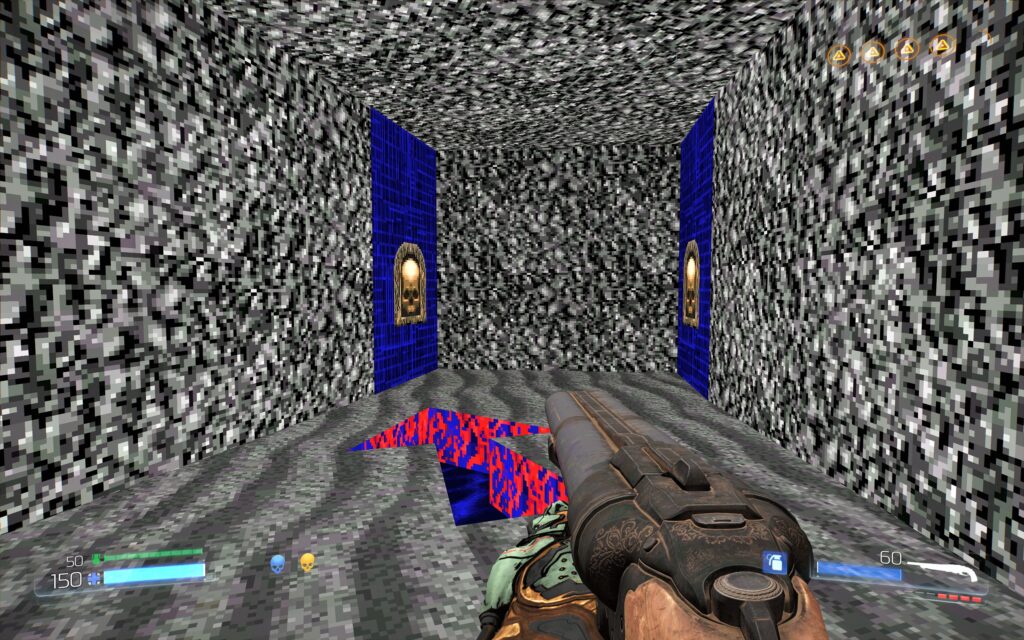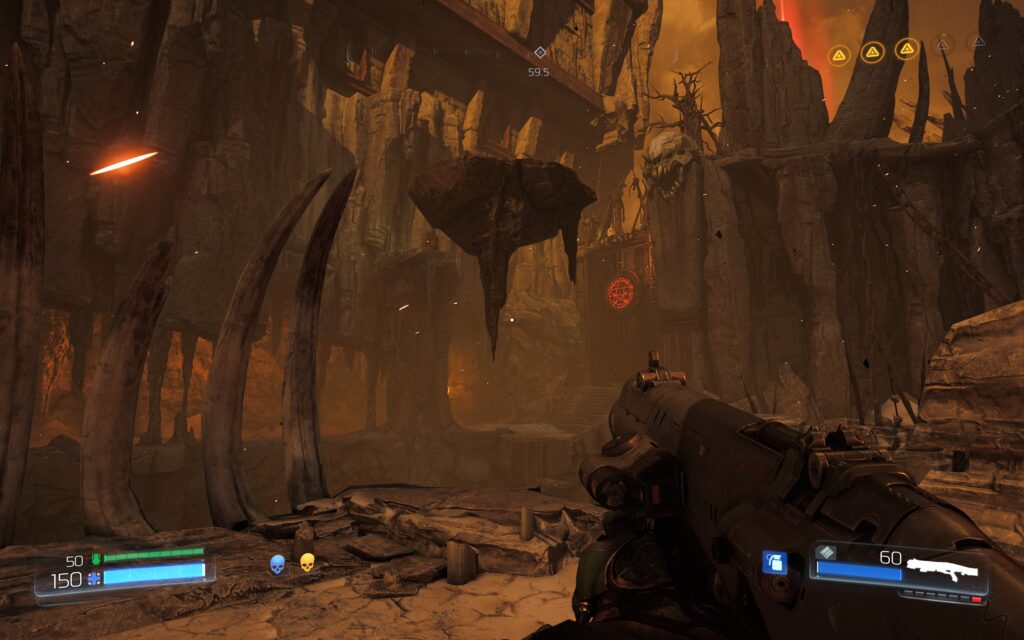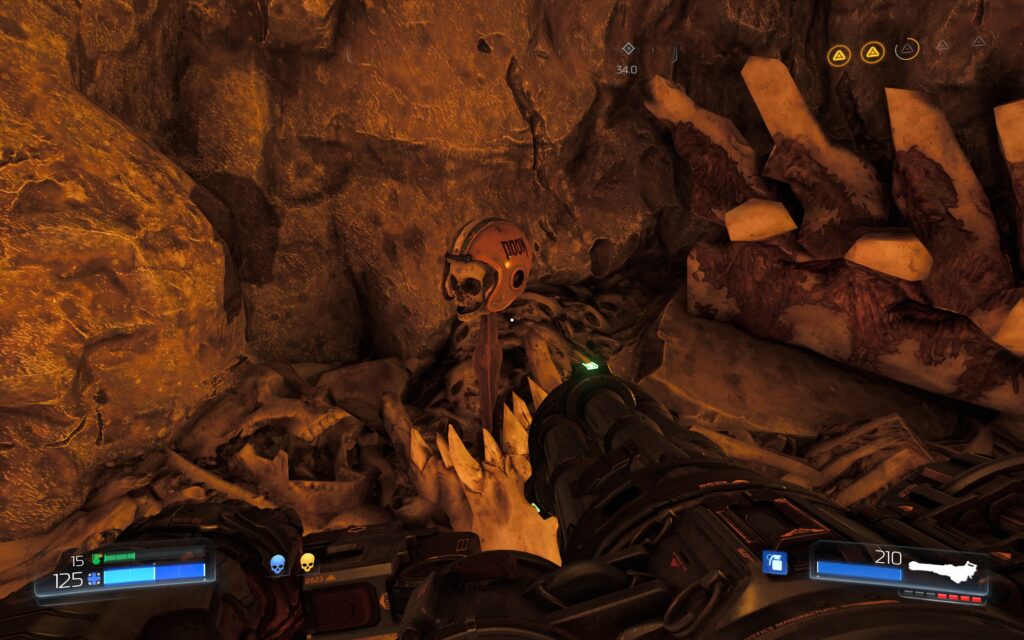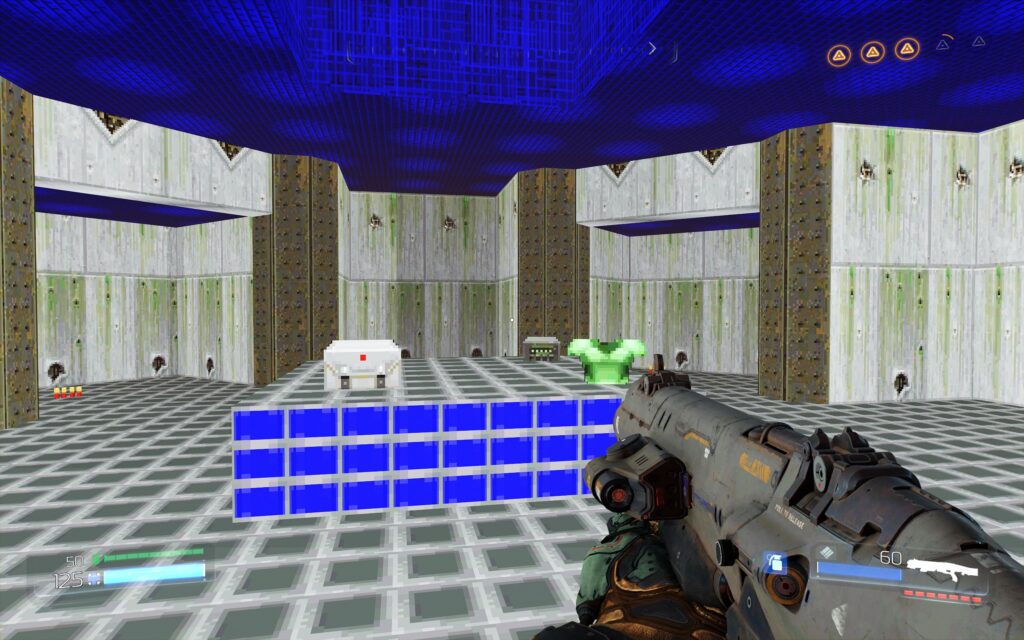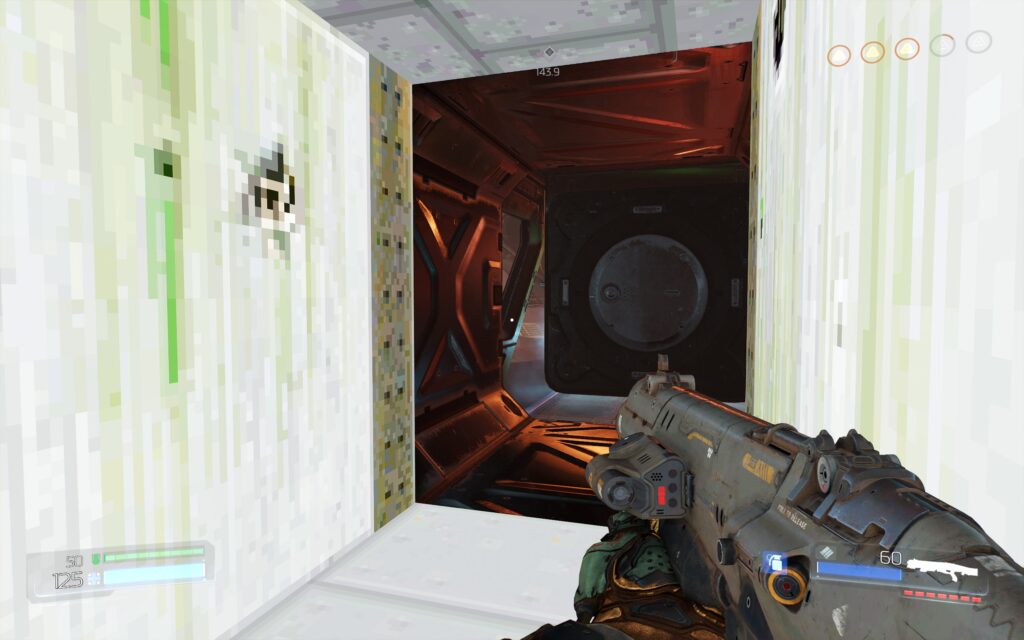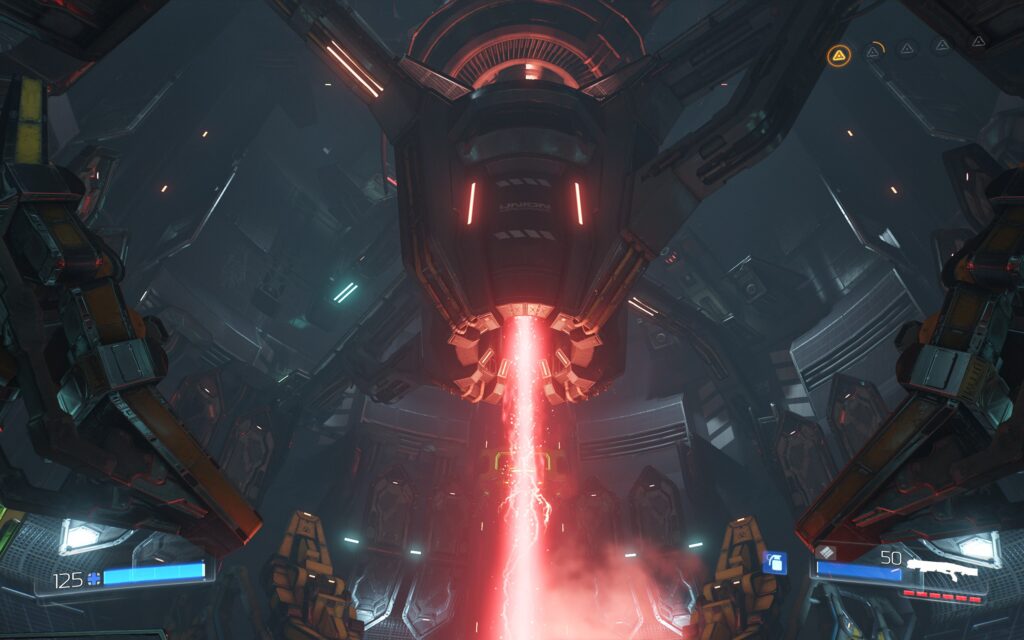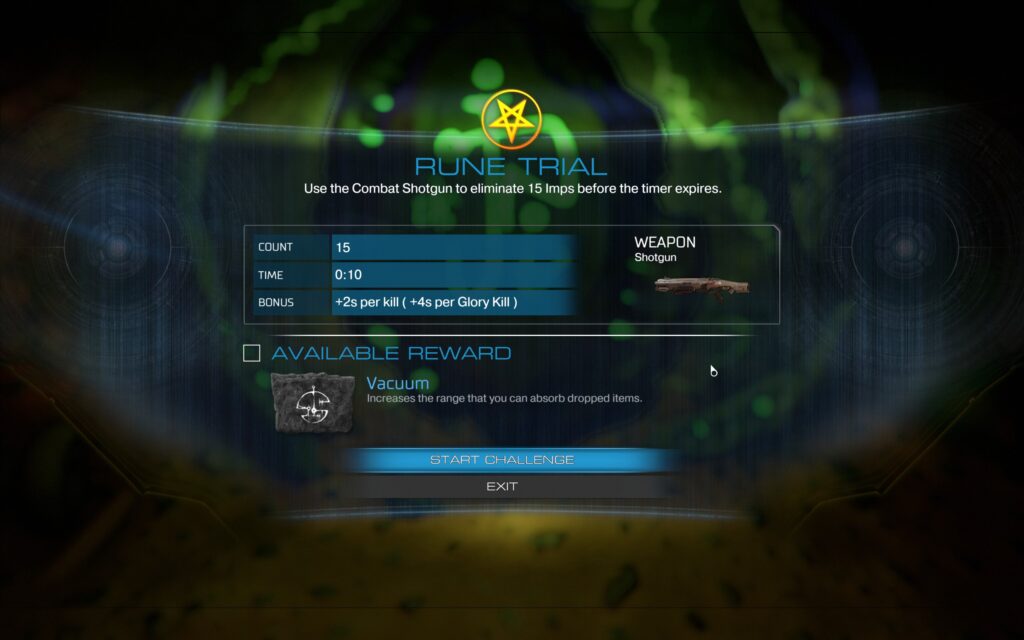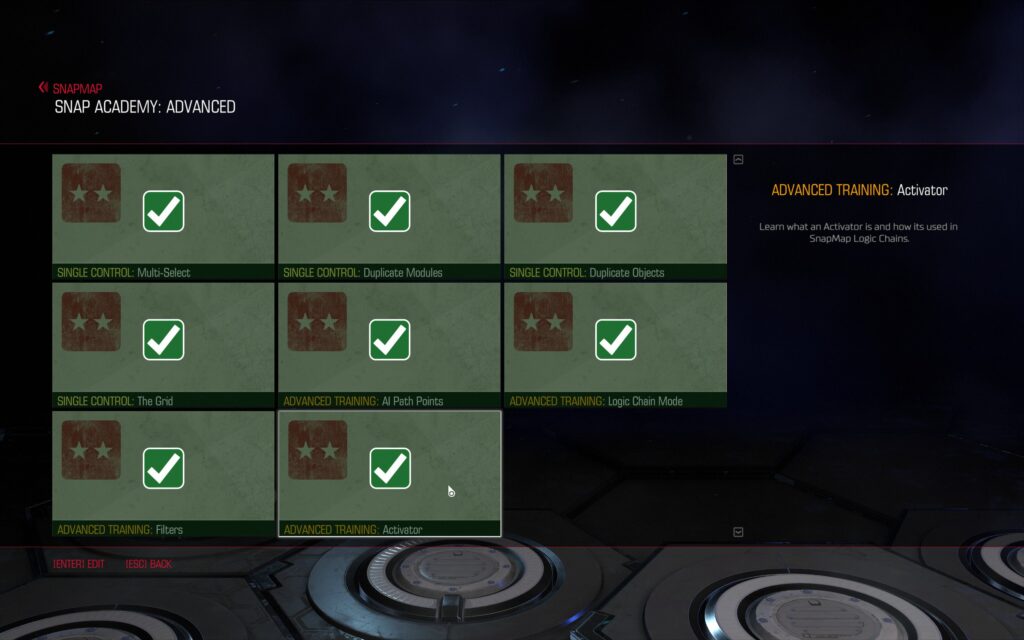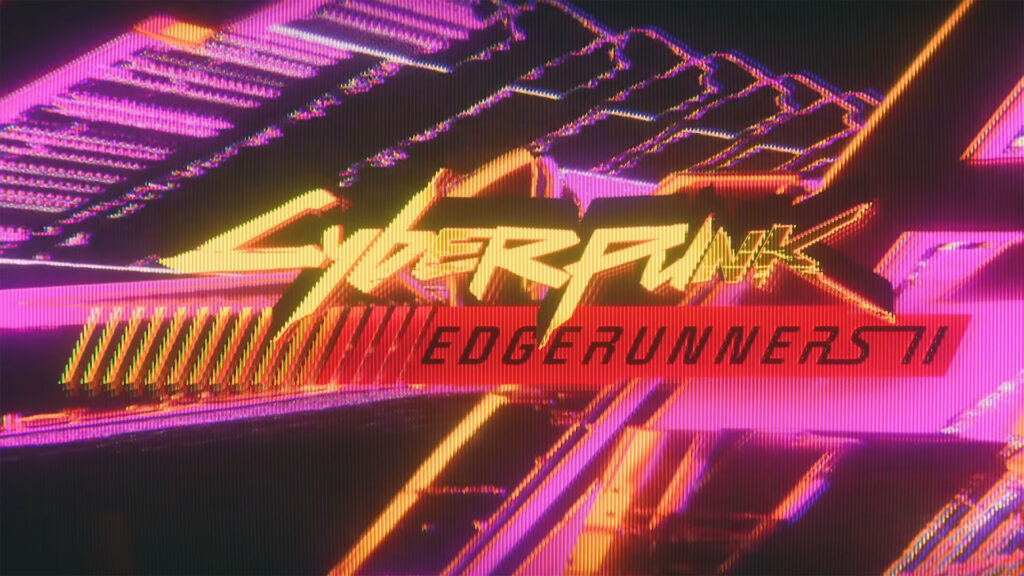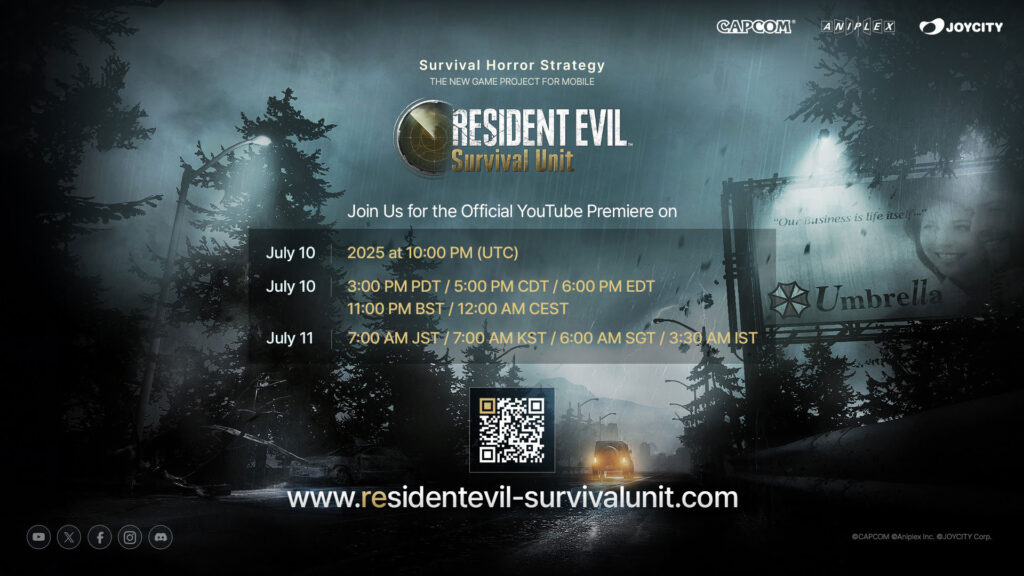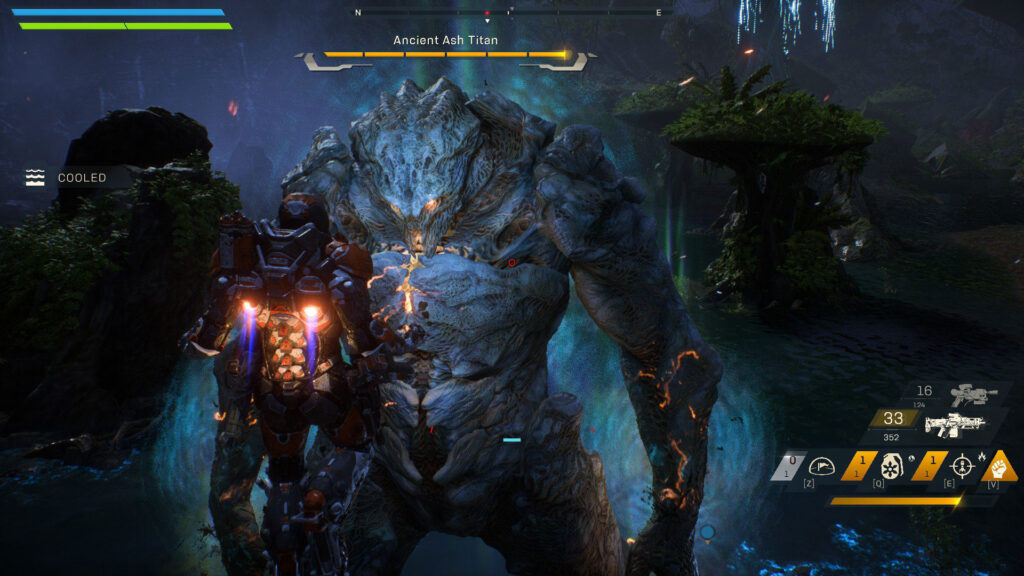It’s been over a decade since the last Doom game was released and there were plenty of reasons to be skeptical for the fourth game in the series. All things considered, Doom 3 was hardly the game that fans waited years for, and it seemed like the new Doom was stuck in development hell. Leading up to the game’s release, id Software was adamant that Doom would be a throwback to the original game and its sequel, Doom II, but it felt like one of those things that you just couldn’t believe until you saw it with your own eyes.
As we neared Doom’s arrival, the game hosted a closed multiplayer beta on PC, PlayStation 4 and Xbox One. While console gamers for the most part enjoyed their experience, reception on PC wasn’t so great, to say the least. This eventually led up to even more drama when it was revealed that Bethesda would not provide advance copies to the press for reviews, causing many to believe that Doom wasn’t going to be a good game, never mind a great one. I remained cautiously optimistic however, as this was the same path Bethesda took with Wolfenstein: The New Order, and that turned out to be a more than pleasant experience.
I grew up playing the original Doom and mostly Doom II online thanks to local Bulletin Board Systems (BBS), long before online multiplayer was popular. Thinking back to that dial-up modem churning away at 14.4k baud before 56k modems were invented really puts things into perspective as to how old Doom and Doom II really are. I even spent countless hours creating .wad maps to play with people online, many of which I still have to this day.
I remember eagerly awaiting Doom III’s release in 2004, spending thousands of dollars to upgrade my computer in preparation for a game that should have been a throwback to younger years, except now the Internet was available and online multiplayer was as popular as ever. But Doom III didn’t capture the spirit of the original Doom games. It was absolutely gorgeous at the time and it did a great job at making you jump out of your seat, but it just didn’t feel like Doom. There wasn’t constant running and gunning, there wasn’t a desire to explore for secrets and quite frankly, it just wasn’t fun.
We’re at an interesting point in gaming where remasters and drawing inspiration from classic games have turned into a recipe for success. It felt like id Software could do no wrong if the next Doom game drew from the classic games rather than serve as a continuation of Doom III, and the company solidified that idea when it announced the game would simply be called Doom. The concern was if the reboot would do the name justice, or if the company would just cash out and turn Doom into a spiraling mess like the numerous Spider-Man reboots we’ve had to endure over the last decade and change. All these concerns became more legitimate leading up to the game’s release, with a lack of advance copies and a mixed reception for the multiplayer beta.
My personal experience with the Doom multiplayer beta wasn’t entirely bad. In fact, I personally felt like it was a Doom game through and through. From the timing of the Super Shotgun and the chaos of rockets flying everywhere, I truly looked forward to the single-player experience. And boy did it not disappoint.
Within minutes of launching the single-player campaign, I felt like a giddy teenager ready to shoot some demons in the face. And that’s exactly the experience that Doom goes above and beyond to provide. The game holds nothing back and really sets the tone as soon as it begins, making you quite aware that blood, gore and massive explosions are on the horizon. Doom is one of those rare first-person shooters where you legitimately feel like a badass, rather than looking for cover or waiting for your heal to come off cooldown. Forget cowering in fear as you reload your weapon or running sideways on walls, Doom takes the best of what the original two games had to offer and combines it with what you would expect with a modern day shooter, except without the fluff. There’s jumping and even double jumping, and there’s a bit of climbing onto ledges, but besides that and the ability to look up and down, this is Doom for a modern age.
There’s no reloading, there’s no hotkey to bring your life back. There’s no hiding while you wait for your shield to regenerate. You run, you jump, you shoot and you kill. It’s the quintessential run-and-gun shooter that several developers have aspired for in recent years, but have failed to provide. Doom is loaded with frantic and hectic moments, where you’re running, gunning and jumping around the extremely well-designed maps while doing 180-degree turns and splatting an imp with your weapon of choice. And boy are there a ton of weapons at your disposal. Fans of Doom II will remember the Chainsaw, Pistol, Shotgun, Super Shotgun, Chaingun, Rocket Launcher, Plasma Gun and of course, the BFG 9000. For the new Doom, id has added the Gauss Cannon and Heavy Assault Rifle, bringing your total weapons to 10. Oh yeah, there’s also the fan-favorite Berserk Pack, turning you into One-Punch Man. Every weapon feels solid and impactful and every time you shoot, you feel powerful. There’s a weapon wheel for easy changing, namely aimed at console players, while PC players can scroll through on their mouse, use numbered hot keys like the classic games or pull up the wheel to quickly change.
If I had one complaint about the weapons in Doom, it’s the fact that the hot keys are changed compared to Doom II. Of course that’s understandable considering the weapons have been revamped so that some are more powerful than others, and it wouldn’t really make sense if you picked up the Plasma Gun early on in the game and its hot key was 6 like in Doom II. But boy, muscle memory is a bitch and even after all these years, I couldn’t count how many times I instinctively hit the 3 key to arm the Super Shotgun only to have a Plasma Gun in my hands. Thankfully, the Rocket Launcher is still bound to 5.
Unfortunately, the game started off slower than I would have liked. Once the excitement in the early moments subsides, the game presents you with a bit of back story and some exploration is needed. There is plenty of fighting early on, but it’s not the general chaos you would expect if you’re a fan of Doom and Doom II. For newcomers to the series, the original games presented you with a title screen and a menu, and once you started the game that was it. You were thrown into a map and had a gun and you shot things in the face. There wasn’t any dialogue, there wasn’t any text, there wasn’t any story. You just ran into demons and you killed them because they were bad.
But that doesn’t fly in 2016 and most gamers expect a story when dropping $59.99 on a game. Personally I felt id did the best it could have done with Doom. The “story” doesn’t take away from what the game really stands for, and there’s enough to keep you remotely interested in what’s going on. If you’re journeying into Doom looking for some epic story or memorable characters like what Wolfenstein: The New Blood has to offer, this isn’t the game for you. If you’re worried that Doom shoves the story down your throat, don’t. It’s quite tongue-in-cheek and it truly embraces just how over-the-top the Doom experience is.

There’s something for every first-person shooter fan in Doom. If you love exploring and looking for secrets, there’s plenty to be found. Like the original games that showed a display at the end of each level telling you how many secrets you found, the new map system in Doom is a constant reminder that there’s goodies scattered all over the each. The game also does a great way of balancing so that you don’t need to intentionally go out of your way to seek out those upgrades if you don’t want to. It’s completely playable without them, but obviously your experience will be a bit easier if you find them. There’s little Doom Marine figurines on every level and you can even find classic Doom maps hidden throughout. It’s completely jarring just how massive the difference is when you look between the classic Doom graphics and what the new Doom presents. You know games have come a long way, but it’s wild when you can compare it side-by-side instantly. In addition, there are Rune Trials that provide challenges that can be completed for even more perks. Again, they’re entirely optional and it’s possible to complete the game without doing any of them.
Once you get past the first few levels, the game gets good. Like, really really good. Without spoiling anything major, there’s so much to look forward to in the campaign once you start fleshing out your arsenal of weapons. You’ll constantly be introduced to new monsters that fans of Doom II will love to see: from the Mancubus to the Cacodemon, it’s like going back in time when you realize a Baron of Hell is flinging green stuff at your face or Pinky is barreling down a hallway to eat your body. As you traverse through the expansive maps, Doom has a clever way of guiding you with green lights on platforms or other environmental items. It’s a subtle method of ensuring you never get lost without making it seem like the game’s linear – which it really isn’t. Like I said before, there’s plenty to explore especially if you’re seeking out all the secrets on every level.
But where the game really shines is when hordes of monsters are spawning in arena-type rooms. Later on in the game, each level is filled with a number of these encounters, with each one featuring a different mix of enemies. No two experiences are the same either, because you’re fighting for your life in a different room that was designed for that particular encounter. It never gets boring and things get even more exciting with the well-done boss fights. Without spoiling anything major, I would say that I’m truly happy that the bosses aren’t just complete bullet sponges, but rather there are phases akin to MMORPG raid bosses. And don’t be surprised if you see a couple of rooms that remind you of the classic Doom games. There’s even one that pays homage to Map 7 of Doom II, which was titled “Dead Simple.”
There’s 13 levels in total, and you will wish there were more once you’re done. Aside from the pacing issues that bothered me, it’s worth noting that some levels do require some platforming, which isn’t for everybody. They’re not so intrusive that they take away from the experience, but they do slow down the pace of the game. Although, some might find that they serve as a nice breather in between the stressful, high-paced sequences.
Once you’re done with the single-player experience, there’s still plenty more to do thanks to SnapMap. Having built dozens of .wads in my time, I couldn’t wait to jump into SnapMap. I went through the tutorials and was pleasantly surprised just how easy everything works. Unfortunately though, there’s one major flaw: you can’t build your own rooms (or at least I haven’t found a way to). You’re stuck having to use predefined set pieces to lay out your maps, meaning if you wanted to accurately recreate your house in SnapMap, you couldn’t. But the system is very well done and the possibilities seem endless, although there are obvious limitations. If the community embraces it, Doom’s SnapMap could take off similar to LittleBigPlanet on console or even the WarCraft III / Starcraft II map modding community, where unique game modes are invented. If you’re curious to see what I’ve come up with, check out Barrel.wad on PC, it’s a remake of a classic .wad that embraces complete chaos with hundreds of barrels throughout the battleground.
You don’t need any programming experience to create a fun map for Doom. The process is painless, and within a couple of hours you can have your own creation to publish, share and play with friends. There’s also a branch system that allows you to take someone else’s work, add onto it and publish it. It’s only a matter of time before the community comes up with exciting new maps to enjoy both cooperatively or competitively. It’s needed too, considering you can’t experience the Doom campaign cooperatively with friends.
As for the multiplayer, it’s a bit tough to judge. It’s fast-paced and fairly chaotic, and the additional of Demon Runes do keep things exciting. It’s not quite as unbalanced as you might think – it’s comparable to hopping into a vehicle in other first-person shooters. There’s plenty of modes to enjoy, but I would love to see more maps added to the rotation. I would say that if you’re looking to get your hands on Doom strictly for multiplayer, you will want to see if the gameplay is right for you. But honestly, you’re missing out on one of the best single-player shooter experiences if you’re picking up Doom just to frag others. Like WarCraft III, it’s a strong possibility that the SnapMap community will overtake the competitive multiplayer community, meaning that eventually there might be something that appeals to you.
Hopefully this is just the beginning for the Doom franchise’s reboot and we won’t have to wait another decade and some for the next game. If we do, id Software might have to deal with complaints about how inaccurate Mars is being depicted.
This review is based on a purchased copy of Doom for PC.
Doom Review – What We Liked
- Amazing single-player campaign experience
- Simply gorgeous
- Pure fun in a run-and-gun environment
- Diverse set of weapons, each feeling plenty powerful
- Numerous upgrades, secrets and trials
- Familiar monsters like the Revenant, Pinky demon and Baron of Hell
- Well-designed maps and boss fights
- The music – it’s so Doom!
- SnapMap is easy to use with tons of options for new gameplay possibilities
- Does justice to Doom and Doom II
Doom Review – What Would Make it Better
- Coop campaign
- Better multiplayer
- Quicker start to the campaign

